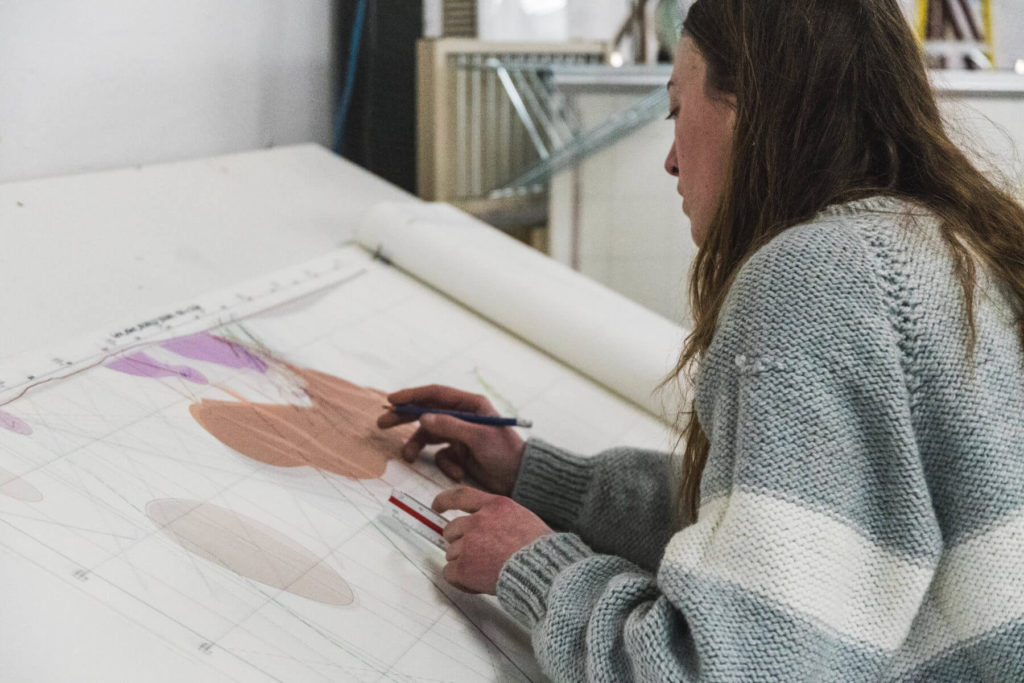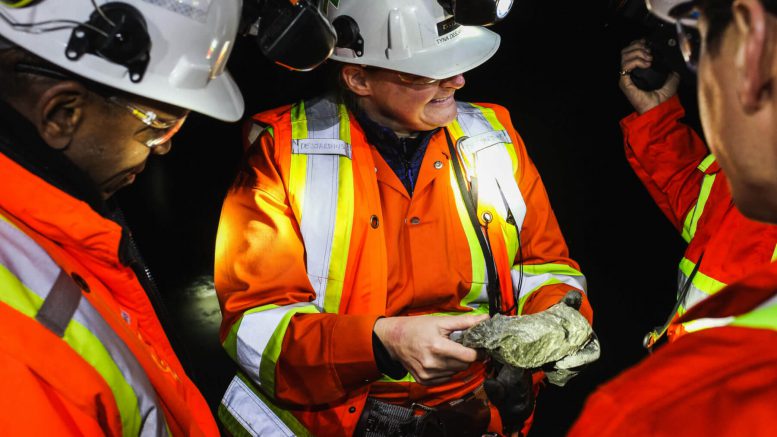Osisko Mining (TSX: OSK) has delivered a positive feasibility study for its high-grade Windfall gold project in Quebec that outlines average annual production of 306,000 oz. of gold over a 10-year mine life.
The numbers for Windfall, located in Urban Township, Eeyou Istchee James Bay, Que., all point toward a successful underground, dual ramp-access project with an on-site mill.
According to the feasibility study, the project has a $1.2-billion after-tax net present value and an unlevered 34% after-tax internal rate of return, assuming a gold price of US$1,600 per ounce. The all-in sustaining cost is estimated at US$758 per ounce. The initial capex is forecast at $788.6 million, including contingency, followed by sustaining capital of $587.6 million. The project would pay for itself in only two years, after taxes.
In a note to clients, Michael Fairbairn, a mining analyst at Canaccord Genuity, said Windfall is “one of the most substantial, highest-grade, Canadian gold projects held by a junior developer.” While he flagged a 45% rise in capex since a preliminary economic assessment on the project was released in April 2021, he said in a note that the study results were still quite strong.
“In our view, a production profile of this magnitude brings Windfall to a new level, broadening its appeal to potential acquirers as a major low cost gold project in a tier-one jurisdiction,” Fairbairn wrote.
Osisko acquired the Windfall project in 2015. The drilling history since then is peppered with bonanza after bonanza-grade assays. Grades such as 272 grams gold per tonne over 2.3 metres, 125 grams gold over 2 metres, and 112 grams gold over 2.2 metres are eye-catching. The best grades have come from the Lynx deposit, which will provide about 89% of the mill feed.
The feasibility study was based on probable mineral reserves containing 3.1 million oz. in 12.2 million tonnes grading 8.08 g/t gold.
The latest Windfall resource estimate includes mineralization from the Lynx, Underdog, Main, and Triple 8 deposits as well as stockpiles. The measured resource is 811,000 tonnes grading 11.4 grams gold per tonne, containing 297,000 oz. gold. The indicated portion is 10.3 million tonnes at 11.5 grams gold, containing 3.8 oz. gold. Inferred resources total 3.3 million oz. gold in 12.3 million tonnes grading 8.4 grams gold.

The Windfall feasibility study proposes mining 3,400 tonnes per day, with most of the ore coming from the Lynx deposit. Credit: Osisko Mining
The proposed underground mine will have a targeted production rate of 3,400 tonnes per day using longitudinal longhole open stoping. Ore will be removed using 14- and 18-tonne load-haul-dump (LHD) vehicles and trucked to surface via ramp in 54-tonne haul trucks.
The processing plant will have a nameplate capacity matching the mining rate. It will include primary crushing, followed by grinding (4.35 by 3.35-metre SAG mill in closed circuit in closed circuit with a pebble mill) and a 5.2 x 9.5-metre ball mill (in closed circuit with cyclones). A gravity circuit will recover free gold from the cyclone overflow. Cyclone underflow will be treated in a carbon-in-pulp circuit, followed by sulphur dioxide and air cyanide destruction. Gold (and silver) will be recovered in an adsorption-desorption-recovery circuit and by electrowinning cells. Doré bars will be smelted on site.
Tailings will pass though a filter press to produce either paste backfill for the mine or for dry stacked surface storage.
Payable gold recovery is estimated to be 93.1% and 83.3% for silver.
The Windfall closure plan will cost $83.3 million, excluding salvage value. The amount includes site restoration and monitoring. Osisko will post a bond for the total amount.


Be the first to comment on "Osisko’s Windfall feasibility shows robust 306,000 oz per year gold producer"